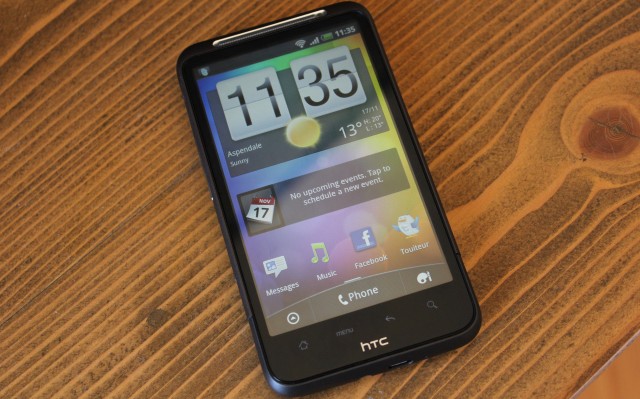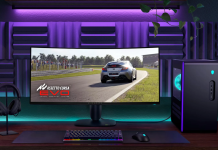
With the Desire HD on its short voyage back to MobiCity headquarters, I thought I would just write a quick follow-up post to the review to share my final views on the device. Certainly after using it for over a week you do get used to some aspects of the phone, but not others. Telstra’s terrible speeds on the 2100MHz might have had a role to play in that. Hit the break to read my final thoughts. All questions welcome 🙂
Screen
The screen is only LCD and as I came from using the Desire (AMOLED) I did find the colours to appear washed out and not as vibrant. Obviously if you’ve never used an AMOLED device you won’t notice this. Not a massive problem at all, only an observation.
Lag!
If you follow us on Twitter, you will have read a few Tweets about the immense lag that I was suffering from when using the Desire HD after using the YouTube app or it would randomly start happening. A few of you guys did tell me to turn on “USB Debugging”, I did this and it stopped the random occurrences of lag. I also received an OTA update (all MobiCity devices will have received this) that specifically said it would fix the YouTube app lag, and it did just that. So all lag is gone except for the occasional slowness when syncing.
Battery Life
After a few charge cycles I found the battery life of the Desire HD to be no better than that of the original Desire. The Desire HD has a smaller battery than the Desire and also has a more powerful processor. When you put that into perspective, it’s not that bad, but not great either.
DLNA
I couldn’t get DLNA to work with my LG Blu-ray player at all, though I did get my Blu-ray player to find my laptop and I’ve had oodles of fun using it that way. No success with DLNA at all.
Hardware Buttons
In the initial review I threw a bit of hate towards the way the hardware buttons (power/lock & volume rocker) are placed flush on the surface. After using the Desire HD over the past week and a bit, I can use the power button perfectly without having to look where it is, but still having problems finding the volume rocker. If they had a little bit more feedback to them I doubt this would be as much of a problem.
Telstra’s Network
As some of you may know I use a Telstra Prepaid SIM so I’m not stuck on any lengthy contracts and can change phones whenever I feel. A massive problem with this is, is as soon as you leave the NextG Network (850MHz) you can kiss any fast speeds goodbye. Chris also had massive problems with Telstra’s speed on the 2100MHz network up in Sydney whilst reviewing the Desire Z. So I definitely don’t recommend this device (900/2100Mhz) to people who wish to get the most out of the NextG network.



